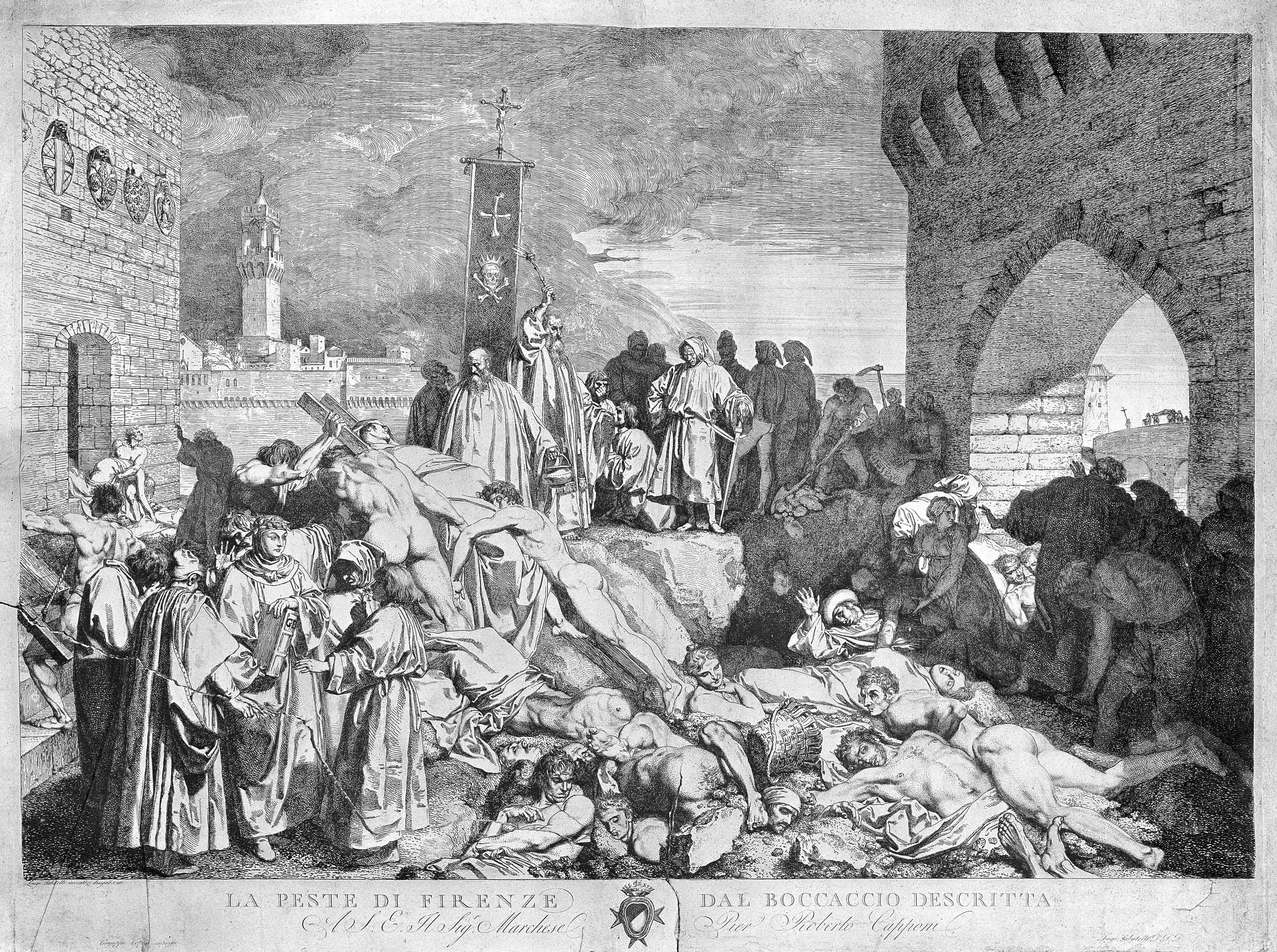Living with Plague in Late Medieval Cities: Cleanliness and Quarantine

This lecture will explore the experience of living with plague in the cities of the later Middle Ages. When the Black Death arrived in Europe in the mid-fourteenth century, it was an unknown and devastating disease. City governments and medical professionals responded to this new threat by employing their existing practices of public health: hygienic measures designed to create a clean and healthful urban environment. As plague outbreaks continued to occur over the late fourteenth and fifteenth centuries, the disease remained incurable but became increasingly familiar. Urban governments began to develop public health measures specific to plague. These were based on a model of contagion: restricting travel and other human movement in order to keep plague away. Although plague is not considered particularly contagious according to modern medical understanding, quarantine and other anti-contagion measures became increasingly popular in plague-stricken cities over the course of the fifteenth century. As responses to plague became more sophisticated, in other words, they moved toward “disease tracing” and away from the goal of creating a healthful environment.
Abigail Agresta is Assistant Professor of History at George Washington University in Washington, DC. She specializes in medieval European and Mediterranean history, with an emphasis on environmental history, urban history, and history of public health. Her current book project, God, Humans, and Nature in Late Medieval Valencia, investigates how the rulers of a religiously mixed society--the city of Valencia, Spain--understood the relationship between God, human beings, and the natural world. The book shows that the city government moved from a fairly technocratic approach to environmental crisis in the late fourteenth century to a primarily religious one by the mid-fifteenth, and that this shift reflected the city’s changing relationship with its own Christianity and its crusading past. Her most recent article, “From Purification to Protection: Plague Response in Late Medieval Valencia,” was published in April in the journal Speculum.
View event poster here

